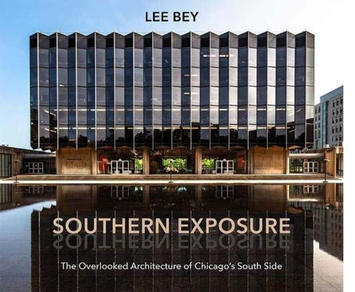
Chicago is known as one of America’s great cities for architecture. But other than the Illinois Institute of Technology campus, designed by Mies van der Rohe, very little of the architecture of the South Side is included in the public’s mind when thinking about it. Lee Bey, former architecture critic of the Chicago Sun-Times and a South Side residents, aims to change this with his book Southern Exposure: The Overlooked Architecture of Chicago’s South Side.
This book originated in a collection of Bey’s photographs in an exhibit of the same name at the 2017 Chicago Architecture Bienniel. Now in a handsome volume from Northwestern University Press, Southern Exposure makes a very strong case for the South Side’s architectural chops.
As Bey has pointed out multiple times, the South Side of Chicago is geographically gigantic – bigger than the entire city of Philadelphia and heavily populated as well. But it garners little attention for much anything other than crime. As he writes:
The North Side’s architecture is most certainly appreciated, especially the homes and buildings in the mega-moneyed Gold Coast, Lincoln Park, and Lakeview neighborhoods, and the miles of classy residential towers along Lakeshore Drive. The Southside, however, has been largely omitted from Chicago’s architectural discussion….For decades most of the buildings in that vast area have been flat-out ignored by the architectural press, architecture tours, and lectures – and many Chicagoans themselves…But let’s make it plain why this most egregious slight is happening: the South Side is dangerous flyover country to most outsiders, seen as a place where people are mostly black, poor, and murderous, living in squalor, disinvestment, abandonment, and violence.
Bey musters many comparisons of North (and Loop) versus South to illustrate this. Jeanne Gang is perhaps Chicago’s celebrated present day architect, but her Lavezzorio Community Center in the Auburn-Gresham neighborhood is ignored. I’ll admit I didn’t even know the building existed until reading his book.
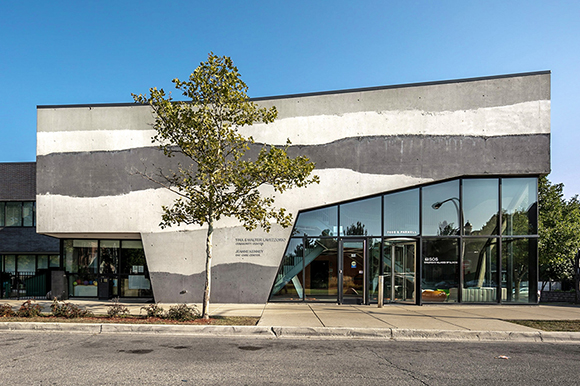
Lavezzorio Community Center. Architect: Jeanne Gang. Photograph: Lee Bey
He also contrasts pairs of schools in similar styles by the same architect, in which the North Side school is a city historic landmark, but the South Side one was not. Chicago continues to demolish significant buildings across the city. Failure to landmark important structures is hardly limited to the South Side, but Bey makes a persuasive case that the city has been particularly indifferent to buildings there.
But more than a book of complaint, Southern Exposure celebrates the South Side’s great architecture, from historic and traditional to new and contemporary in style. He even includes midcentury gems, like this shot of Pride Cleaners.
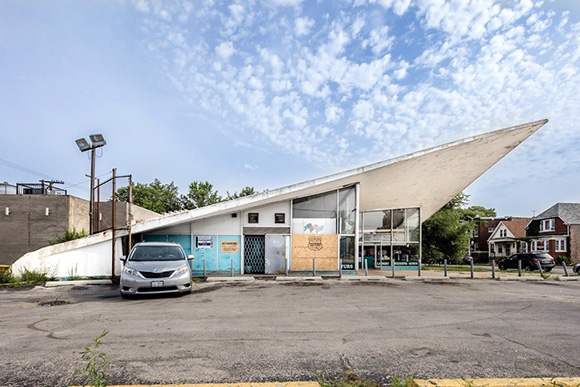
Pride Cleaners. Photograph: Lee Bey
Or here’s the personal home that black Chicago architect John Moutoussamy (who designed the Ebony-Jet Building) designed for himself.
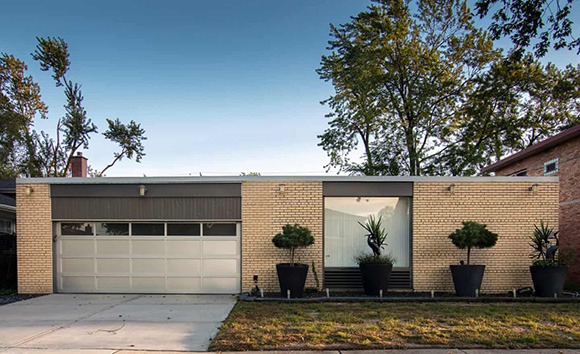
Moutoussamy House. Photograph: Lee Bey
It’s hard to pick just a handful of pictures to include here. Southern Exposure is full of page after page of fantastic photos of great buildings, starting with the stunning cover photo of Eero Saarinen’s D’Angelo Law Library on the University of Chicago campus. You can see more in the Guardian’s photo essay from the book.
Ok, here’s one more picture:
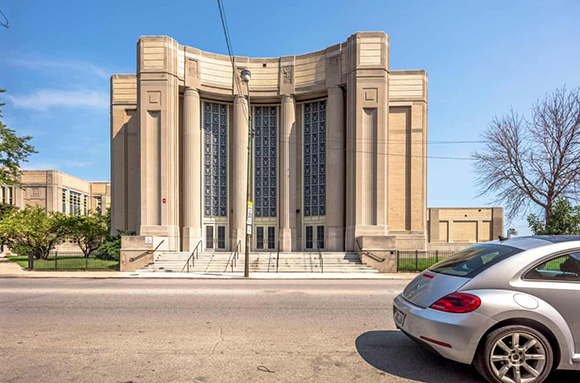
Chicago Vocational High School. Photograph: Lee Bey












